There’s a lot of misunderstanding and myth circulating about how many ships the shipyards in Scotland are expecting to build, but what’s the truth?
The chopping and changing when it comes to the requirements of the Royal Navy in terms of ship classes, numbers and even the building of those ships has caused a great deal of misunderstanding and confusion, not least when discussing Scottish politics.
Shipbuilding on the Clyde became controversial during the 2014 Scottish Independence Referendum, when the pro-union ‘Better Together’ campaign touted the planned Royal Navy order of 13 Type 26 Frigates to be built on the Clyde as a benefit of Scotland remaining in the United Kingdom.
Essentially, people believe that Scotland was promised 13 warships.
The issue? The future composition of the Royal Navy surface fleet was changed after a defence review in 2015 resulting in five of those frigates being cancelled and replaced with cheaper general purpose vessels, amid cries of ‘betrayal’ but why did this happen?
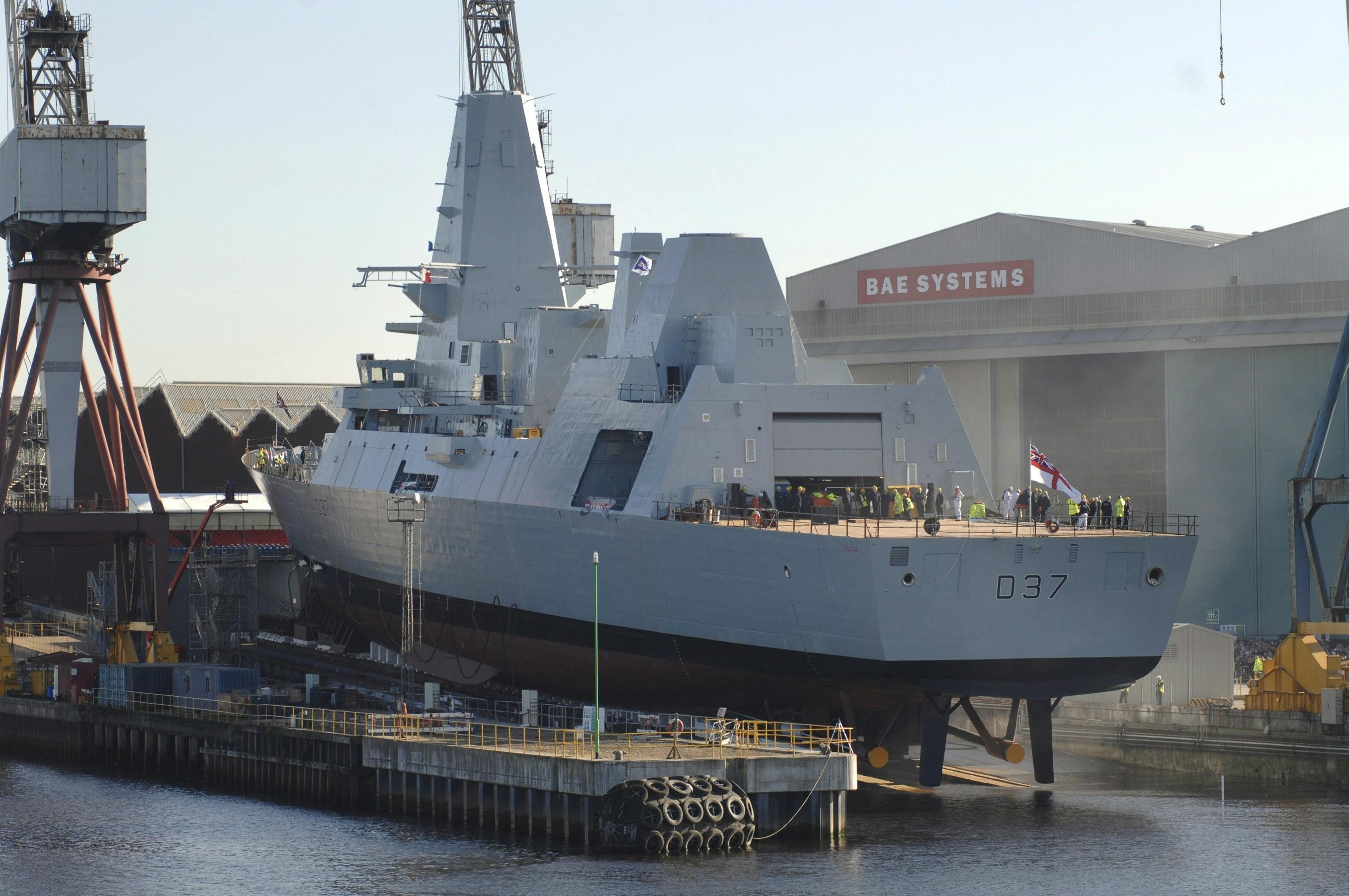
It isn’t that simple though, let’s look at why.
Why were Type 26 numbers reduced?
The initial Type 26 Frigate order had been cut back from 13 to 8 in order to fund more of the immediate spending outlined in the 2015 Strategic Defence and Security Review. As a result of Type 26 being reduced to 8 ships, it was announced that five cheaper general purpose frigates were to be designed and ordered.
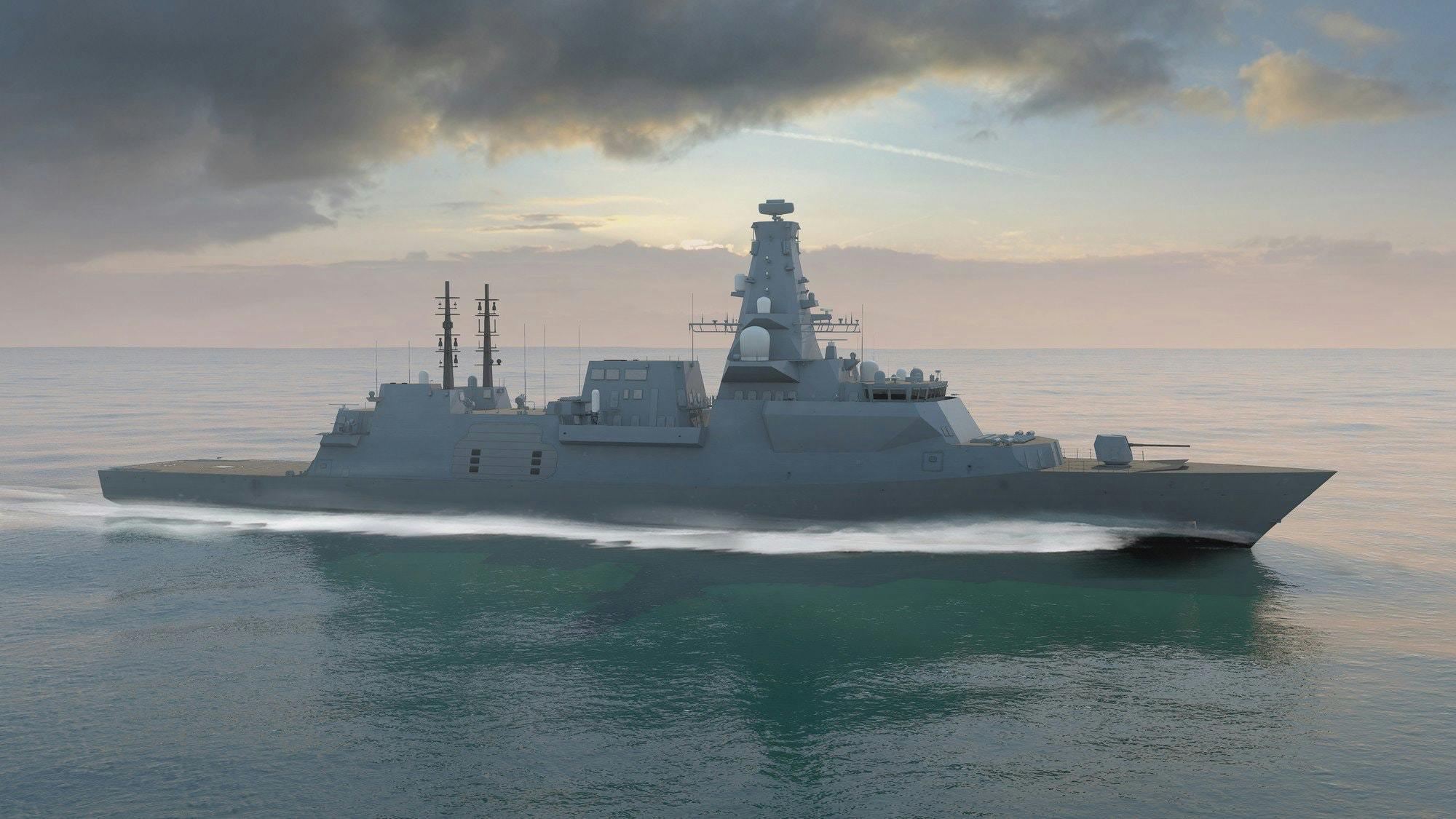
Part of the reason for this is that the MoD is hoping to reduce its reliance on BAE and cut the costs of procurement by spreading shipbuilding work across civil and naval yards around the UK. To this end, the UK Government say they are implementing the results of an independent report into the National Shipbuilding Strategy by Sir John Parker which recommended that the Type 31 Frigate build be spread across the UK, with blocks and components being constructed in yards in both Scotland and England.
The National Shipbuilding Strategy was intended to be a “radical, fundamental re-appraisal of how we undertake the shipbuilding enterprise in the UK, intending to place UK naval shipbuilding on a sustainable long term footing”.
The news that BAE decided not to bid to assemble the Type 31e Frigate on the Clyde due to an apparent lack of interest created a stir in Scotland after earlier expectations that the light frigates would be built there.

However, BAE themselves say that shipbuilding capacity on the Clyde will be maxed out until the mid 2030s while the Ministry of Defence want the first of the new Type 31 Frigates in service by 2023, one of the primary reasons they have decided not to bid as prime contractor for the project, there’s no space at the BAE yards on the Clyde to do so if they are to meet the deadline for the first Type 31e to hit the water.
BAE say the move will allow them to ‘appropriately support the National Shipbuilding Strategy’ whilst ensuring the delivery of the five Offshore Patrol Vessels and the City class Type 26 frigates currently on contract, ‘to time, budget and to the highest quality standards.’
In a press release BAE say:
“BAE Systems is focused on the manufacture and delivery of the two QE Class carriers, the five River Class Offshore Patrol Vessels (OPV) and the first three City class Type 26 warships, as well as continuing to develop and upgrade combat management systems on all Royal Navy ships. Taking account our current and future workload, including Type 26, our shipbuilding capacity on the Clyde will be full until the mid 2030s.”

BAE also signalled their reluctance to bid for the Type 31 Frigate as prime contractor due to concerns of a “race to the bottom” on price. Speaking to The Herald here, BAE managing director Iain Stevenson signalled the defence firms lack of interest on building the vessel:
“We do want to be involved in Type 31. But we have questions. Does it have a budget? What are the timescales. We have not got solid facts. Type 31 could be a race to the bottom. If it is a front price contract people might bid for it to win and it and it might put them out of business. We would not, because we are BAE Systems.”
What about the Type 31 Frigate?
Babcock recently was recently chosen as preferred bidder for the new £1.25 billion Type 31 Frigate, the five vessels will be built in Rosyth.
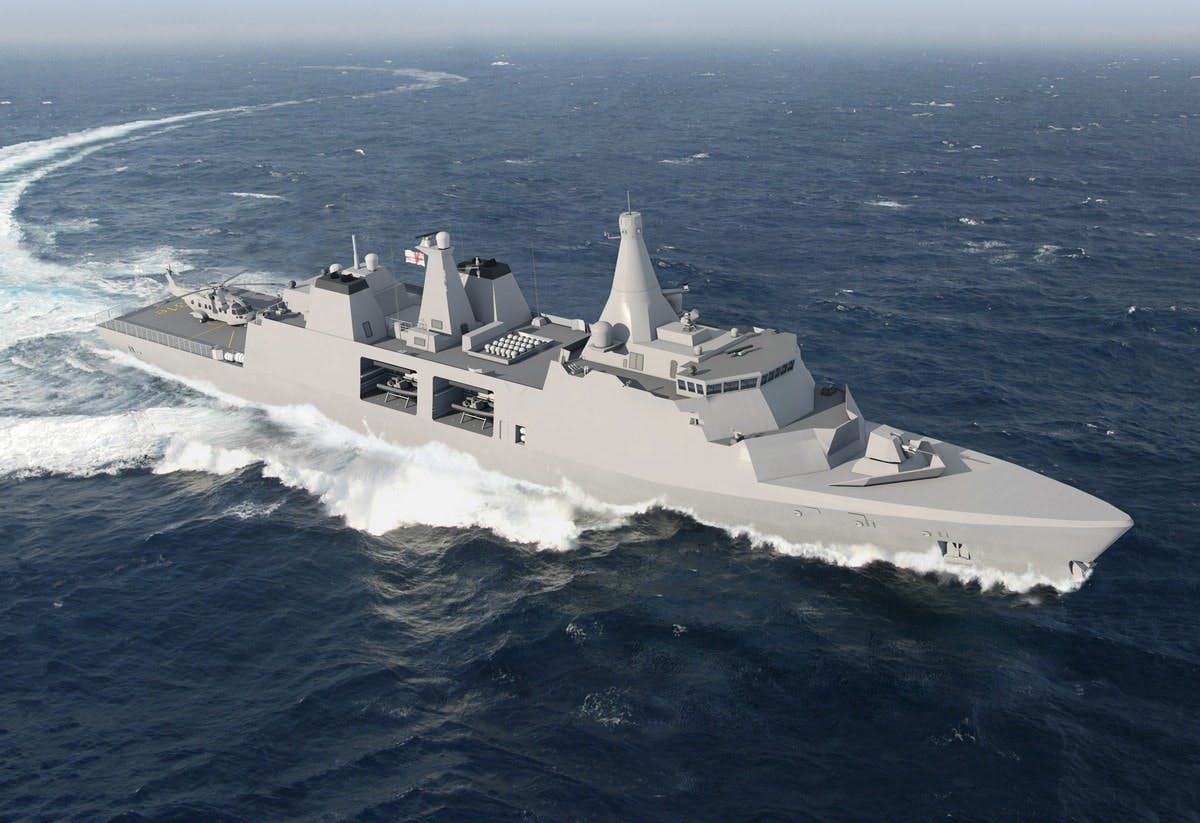
What about other vessels like the new support ships?
The First Minister of Scotland previously stated that the international tendering for auxiliary vessel contracts, specifically the Fleet Solid Support Ship contracts, is a betrayal of the Clyde. This is however despite the yards having no interest in them, having never been promised them and the fact the vessels couldn’t physically fit on the slipway.
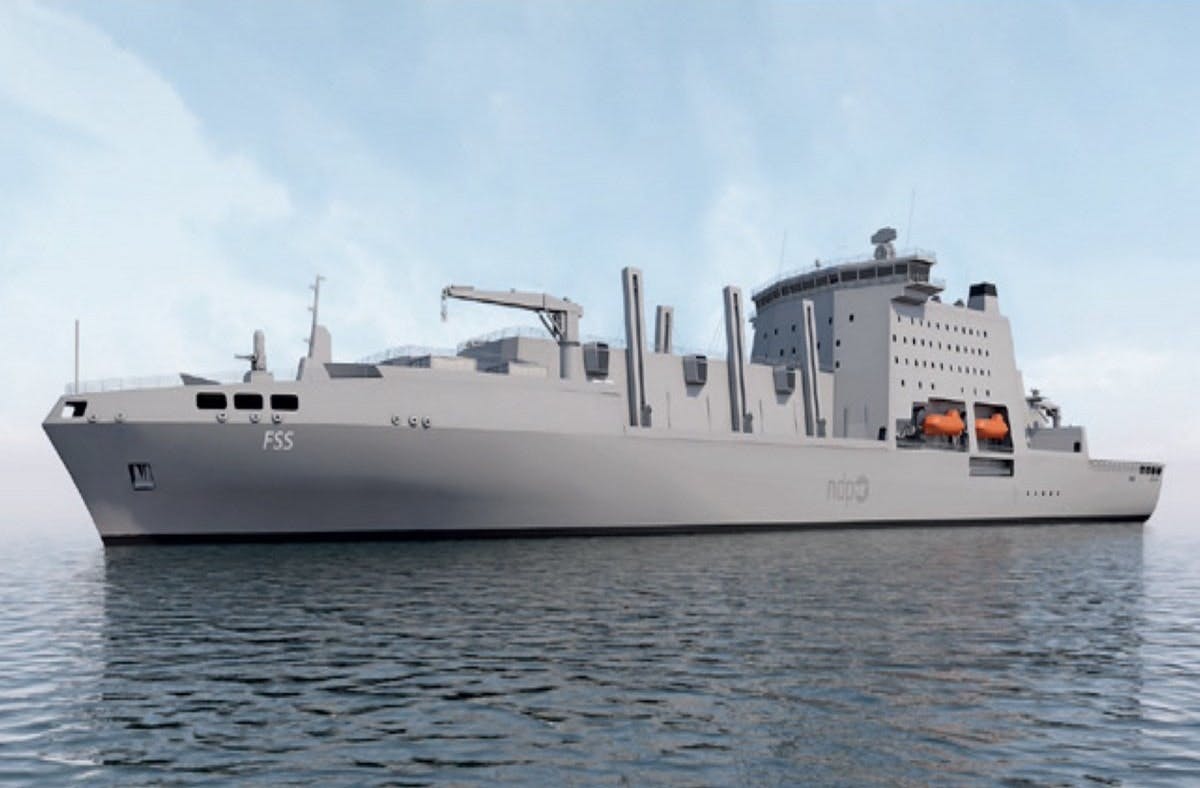
Sturgeon said the move was an “absolute betrayal” in light of promises made in the run-up to 2014’s independence vote. In fact, what was “promised” before the referendum was work on complex warships, like frigates and destroyers.
There are three key problems with this:
- The Clyde is at capacity with the River class and Type 26 Frigate builds and has no intention of bidding for this work.
- The 40,000 tonne support vessels wouldn’t physically fit on the slip alongside the Type 26 Frigate builds.
- The only vessels “promised” were warships, such as frigates and destroyers.
The unions and the UK Defence Journal have been advocating that the build stay in the UK, but the Clyde was never in line to build these ships.
We spoke to a contact at the yard who told us:
“This is the second time this news has popped up and I have no idea why the government in Edinburgh are making these claims, these vessels were not promised to us and they’re not warships. We’re busy with the last batch of River class ships and the first batch of the City class ships. If I had one message for them, it would be to stop using us a political football, we’re sick of it.”
We also spoke to Stuart Crawford, a retired regular officer in the Royal Tank Regiment and a former SNP defence spokesman. Crawford said:
“Nicola Sturgeon declared that the international tendering process was “a blatant betrayal of Scottish shipyards” and a reneging of promises made to the Clyde shipyards at the time of the Scottish independence referendum in 2014. Other SNP politicians have been quick to jump on the bandwagon, including Humza Yousaf MSP, Minister for Transport and representing a Glasgow constituency. The problem with the ‘Clyde betrayal theme’ is that it is just not based on the evidence. As outlined in the UK Defence Journal, three main facts undermine the argument.
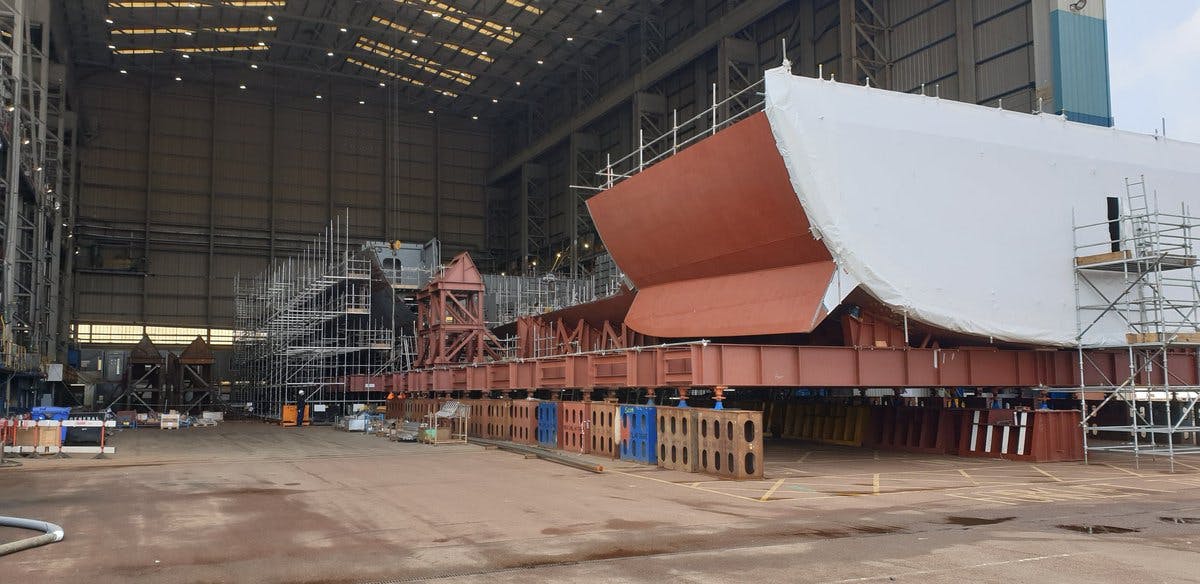
First, the Clyde is already at capacity building the Offshore Patrol Boats and Type 26 frigates that will keep it busy until at least 2030. There is no intention by the Clyde yards to bid for the work in any case. Second, the FSS ships, at a projected size of 40,000 tonnes each, just wouldn’t fit into the existing Clyde facilities. And third, the only ‘promise’ that might possibly have been made relates to complex warships only, of which the Clyde currently has it fill.”
What’s actually happening on the Clyde, is it a ‘betrayal’?
We asked Paul Sweeney, former Member of Parliament for Glasgow North East and a former yard worker at the BAE facilities on the Clyde.
“It is frankly bizarre that Scottish nationalists insist on trying to exploit a line of argument that Clyde shipyard workers have been somehow betrayed when they have job security until the 2030s with the current naval shipbuilding programme. Yes the Type 26 programme was rescoped from thirteen vessels to eight, but that change fails to take into account the additional order of five River Class Batch 2 Offshore Patrol Vessels that were placed on the Clyde to bridge work from the Queen Elizabeth Aircraft Carrier build – the largest naval ships ever built on the Clyde – and the commencement of the Type 26 Frigates, the second of which – Cardiff – will cut steel at Govan this week.
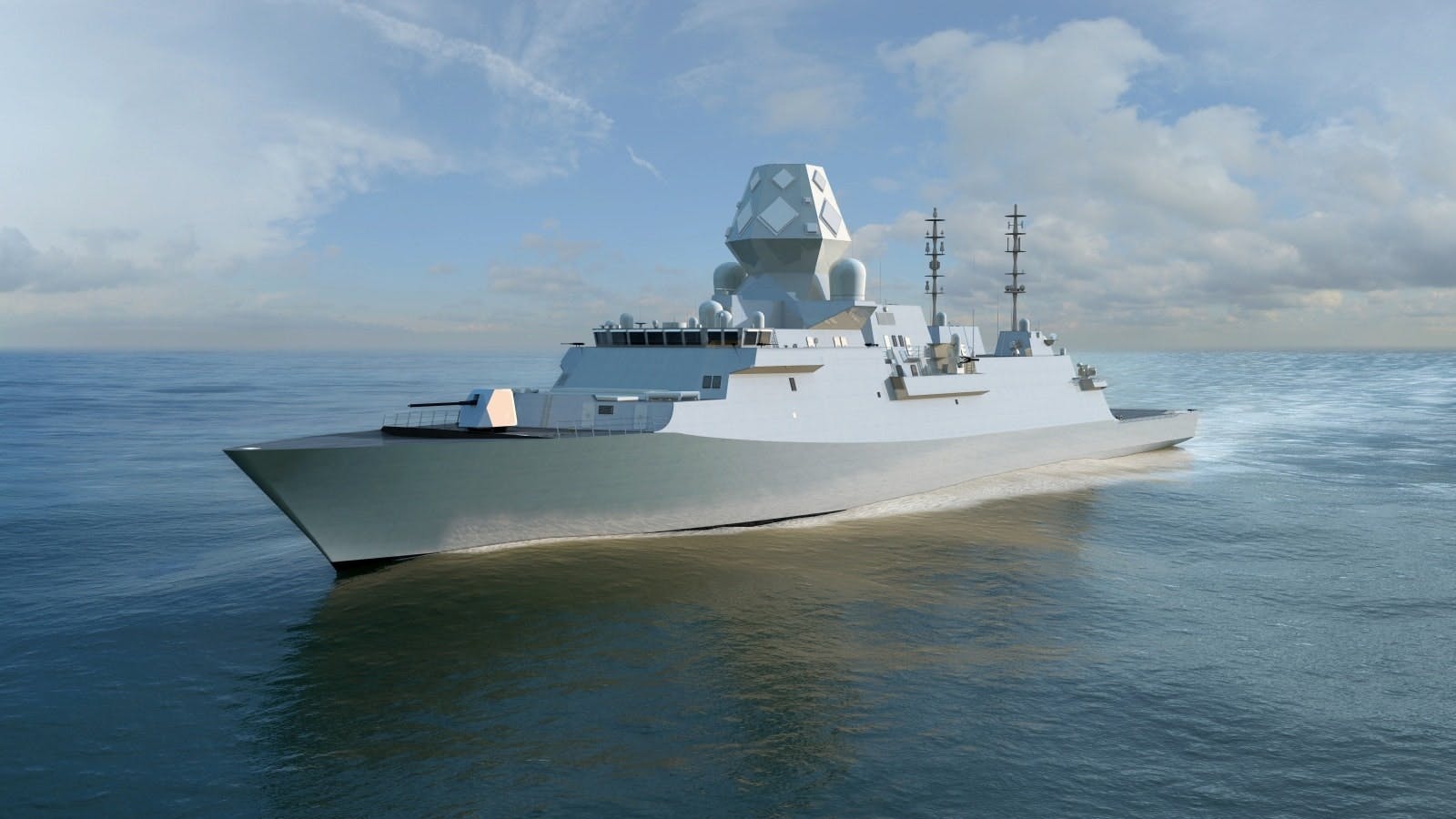
It also doesn’t take into account the significant overseas success of Type 26, with both Australia and Canada selecting the Type 26 for their own domestic frigate programmes against Spanish, Italian and Dutch rivals. This means the Glasgow-based Type 26 is now a global design, with significant involvement of the over one thousand engineering staff in Glasgow on those projects, as well as common purchasing from UK-based suppliers, even though the ships will be constructed in Adelaide and Halifax respectively, as is the norm for any advanced industrial country building ships for its navy.
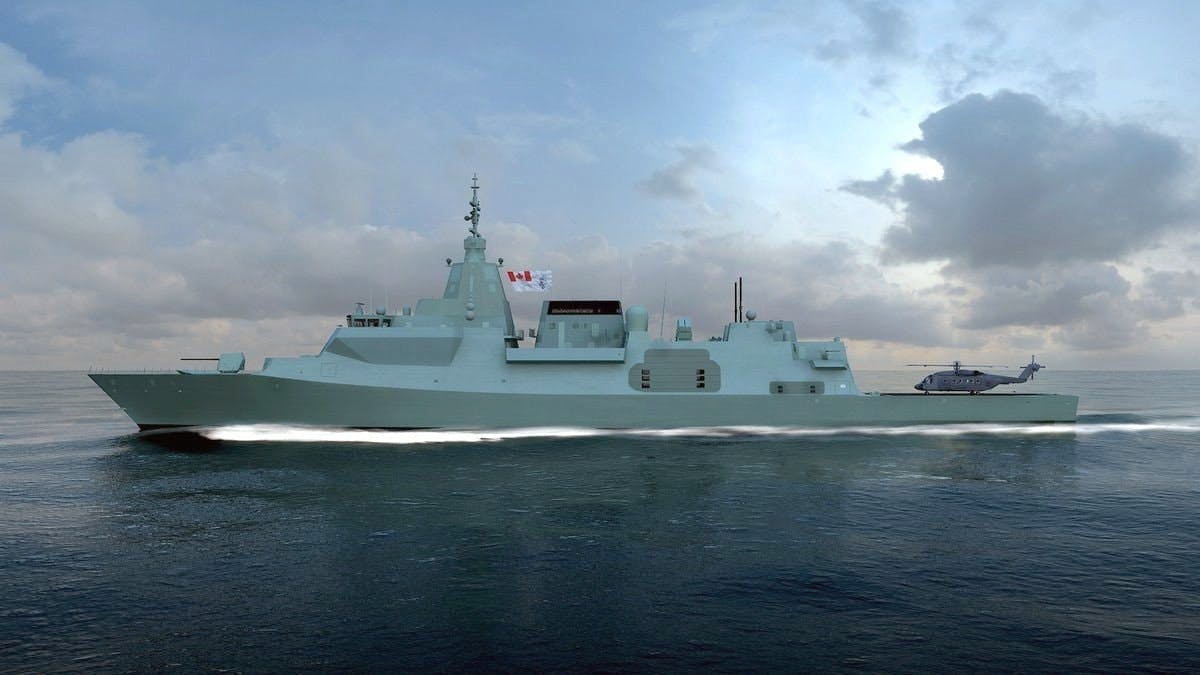
It also doesn’t take into account that the pace of the Type 26 programme has been slowed from a 12 month drumbeat to an 18 month drumbeat, this extending the overall duration of the shipbuilding programme well into the 2030s. It also doesn’t factor in the opportunity of the five planned Type 31e lighter frigates, which will involve Glasgow-based BAE engineers and also construction and assembly at either Ferguson Marine or Rosyth in Fife, with BAE workers likely seconded to support those builds as happened with the aircraft carrier assembly.”
Let’s get to the point, what has been built in Scotland as a whole since 2014 and what are the yards planning on building in future?
So, what does the prospective order-book BAE are talking about actually look like for the next few decades? We’ve included the contracted and non-contracted work the Clyde is expected to build to give an idea of the scale of work already present as BAE cite this as a reason for not bidding for the Type 31e to be assembled on the Clyde.
18 ships of three types, excluding the two aircraft carriers, have been or will be launched from Scottish yards between 2014 and the 2030’s.
Ordering in batches is common for projects of this size around the world and was last seen with the Royal Navy for the Type 45 Destroyers and recent Offshore Patrol Vessels. The Type 45s first batch order was for three vessels. Ordering this way allows for changes to specifications and allows for refinements to contracts as working practices evolve and efficiencies are learned.
Eight Type 26 Frigates are to be built in total by their designers BAE, the contract for the second batch will be negotiated very soon.
Why have we included it despite this?
There are no other yards in the UK to build the Type 26, it’s a BAE product and their only surface shipyards are in Glasgow. The ships are not going anywhere unless the Royal Navy take the incredibly unlikely decision not to replace their frigate fleet.
The UK Government committed to eight advanced anti-submarine warfare ships in its 2015 Strategic Defence and Security Review (SDSR). The Type 26 programme currently employs more than 1,200 people in the UK supply chain, with a number of contracts already in place for the manufacture of major equipment for the first three ships. In total, there are already 33 UK and international companies working in the supply chain to deliver the Type 26 ships.


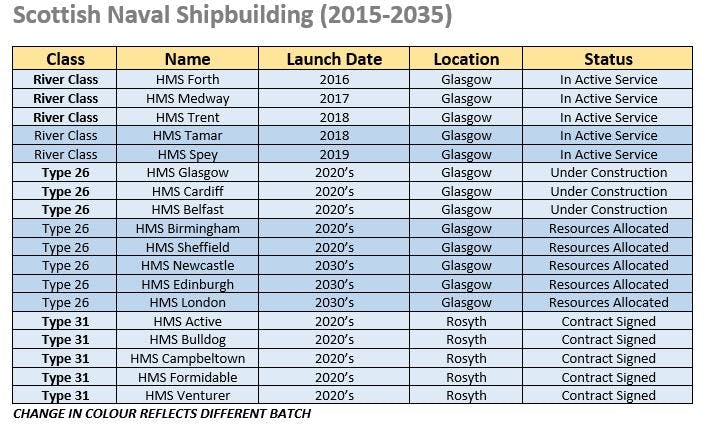











Ding ding…. Seconds out… round two….
I think I know how this conversation will go.
That’s my morning’s entertainment sorted.
Round 100 more like
Fair one mate. Its low hanging fruit for the site to regurgitate this stuff knowing that the amount of seethe it will generate based on ifs, buts, maybe’s and personal prejudice. This will get folk posting which will no doubt help with advertising. Win/win, site generates income and those that feel the need can work themselves up into a jizz inducing frenzy over it.
We don’t make any money of the site, by the way.
Sorry George, I wasn’t implying that you guys are going all ‘Scrooge McDuck’ on the vast sums generated but I’m guessing this site has to be paid for and the advertising helps there. Thanks for providing the platform.
No worries Andy. For what it’s worth, the site costs a hefty sum per month split between a couple of us. The advertising barely covers half of the costs. We do it because we enjoy it, not to make money.
Hope the adverts aren’t too intrusive.
George, I get it, I’ve been heavily involved in a football forum and appreciate the costs involved. Its very good of you and the others to carry the costs, the ads aren’t intrusive, if you go online, you generally get adverts, I think we’re used to it. Hopefully if you generate enough debate the advertising revenue will pick up. I’m happy enough to toss in from time to time if you want to set up a donation thingumy. All power to you guys and thanks again for the platform for us chimps to toss it back and forth.
George you guys are a bit mad then, but we appreciate the madness. Cheers!
Bad idea to concentrate the vast majority of warships building in scotland ,they will almost certainly vote for indi next year or the year after, this could be a huge problem. look at the money the mod is spending in what could soon be a foreign country, the millions at lossimouth, faslane ect At the very least the current oders for new frigates should be put on hold until this is sorted out,and if they vote to leave ,give those order to english yards where they should have been in the first place,
Not enough in my opinion, based on the number of escorts we need not work share with other yards. IMO other yards should be awarded the servicing contracts for these ships and build the RFA ships. That should ensure skills are maintained, assuming a constant order book of course.
We can all debate what happens with Scottish independence if that happens, not much point in going on about otherwise.
There’s no ‘misunderstanding’ just deliberate misinformation put out online by the lying sepratist SNP supporters.
With the SNP making clear it wishes to push for Ref2 next year, this can only make the MOD’s job even more complicated? I wonder if their mandate of no RN warships will be built outside the UK, will apply in the case of these proposed vessels?
Well those idiots and SNP central can ‘push for it’ all they want, but they ain’t getting another referendum.
I’ve voted to remain in the UK before and I’ll do it again if I have to, we british have a great proud nation we should stick together. I don’t think the SNP will get a ref anyways.
Bravo Cam. If Brexit means the UK breaking up then stuff Brexit.
The union is too precious to me.
Would you care to take a bet on that? What are you going to do to stop it?
The rest of the UK minus Scotland will absolutely build warships in what is left of the UK…Scottish shipyards will close down…it may take two or three years whilst they finish off uncompleted ships but after that Scottish yards will get nothing…especially so if Scotland forces the submarines out of Faslane.
Information update on T31 and RN
Baroness Goldie Lord in Waiting (HM Household) (Whip), The Minister of State, Ministry of Defence
Her Majesty’s Government announced the preferred bidder for the Type 31 General Purpose Frigate competition in September 2019 and looks forward to the contract award in due course. These five ships will replace the existing five General Purpose Type 23 Frigates.
As explained in the Strategic Defence and Security Review 2015 and in the National Shipbuilding Strategy, we remain committed to a surface fleet of at least 19 frigates and destroyers, and the Royal Navy will continue to have the ships it requires to fulfil Defence and policy commitments. It remains our intent to grow the destroyer and frigate force by the 2030s, and the Type 31 Frigates will give us the opportunity to do this.
My Comment,
It seems from this release that the government intends to increase the numbers of frigates and destroyers by the 2030s. Hopefully that means a follow on batch of T31s. Possibly it is time to think about building or reopening a ship yard in England.
According to the ost recent opinion polls, the vote for a free Scotland would now be 50/50. Referendum vote anticipated for 2020. Looks like bye bye for the UK. Good news. Alba gu bràth!
Get lost, Frenchman.
Just to clarify…why Frenchman?
In last referendum i wanted scotland to remain in the uk, but now im so sick of anti english crap from the snp ive totally changed my mind, there are certainly those within the government who think we will be better off without the scots,after all they only represent around 5 per cent of the uk population, yorkshire has a bigger population, so as far in concerned the sooner there gone the better
50/50 in Scotland, presumably. What percentage of English voters would be in favour of Scottish independence I wonder. 80%? Maybe 90%?
Which would mean zero Royal Navy ships being built in Scotland and the immediate closure of their shipyards… not to mention all the U.K. government departments and agencies that have huge centres located up there.
Hang on. I have been told her by Remainers that referendums are only advisory.
So, if Scotland votes out ignore it. It is only advisory! And then have an England and Wales Referendum if we want Scotland to leave.
They cannot have it both ways.
Ah Mike, as a Troll, what is your outlook on other subjects you also know very little about, such as Defence matters? We could blast you with facts and economic statistics that prove Scotland would still be hanging on to our financial shirt tails, but what’s the point, as you are a troll! Sad but true!
Must be frustrating having no say in the matter. 50% now believe in the restoration of Scottish sovereignty. You aren’t about to influence that are you Sais? Next Wales and then reunite Eire then on from there. The country you thought was yours isn’t. What a sad individual you are with your dad little ‘airborne’ false valour name. Go curl up and expire somewhere.
Ah abuse, well done, weak effort, only a 2 out of 10, you must try harder troll boy! I won’t give you the reply you desperately want.
As to abuse ‘False Valour Airborne’, I believe if you check, you were the first to revert to it, weren’t you? Intelligence not your thing perhaps?
Glass houses and bricks….
Like I said, very weak response, you need to stop gnashing the teeth, finger hovering over the keyboard, tissues ready. Take a chill pill troll boy.
Mike, Writing as a Scot ….. Scotland already has sovereignty – we share it with the rest of the UK. Scotland also has a substantial measure of Home Rule.
It is currently unclear how many Scots believe in separation, the post-Brexit general election in 2017 (the only opinion poll that really counts)saw a considerable retrenchment in SNP support.
Let’s not get too excited – and see how things work out over the next few months ………
Alan Mike is Irish, he has already said that to me in a previous rant mate!
No one asked my opinion which is still no
I realise this is an important issue but we’re banging on again and again.
Do we need this many articles on this subject?
If the Scottish vote for independence….zero…that’s how many warships will be built in Scotland…
But BAE will still own the yards and they could and probably will find them work, or they might just move back to Portsmouth.
My guess on the likely outcome from Scotland ceding from the UK is that current commitments would go ahead (over many years, thus) with the usual vague political announcement that ‘construction of future naval classes will be subject to an in depth review’. I’d like to be proven incorrect, of course.
Incidentally, as an offshoot of the FSS mentioned briefly above, I note on Thin Pinstriped that the Treasury appears up to it’s usual trick of charging the taxpayer for brand new vessels just to offer them as a bargain to someone else, in this case likely one of the Tides. One could never dismiss it; so let us hope to God that they aren’t allowed anywhere near the POW.
I certainly can’t comment on Scottish politics. Nor will I on both the blatant, but more often subliminal, Anglophobia one too often sees online. The building of aircraft carriers, batch 2 Rivers, Type 26 and Type 31 in Scotland are a testament to the privileged and important position which Scotland holds within the Union, which could otherwise be carried out elsewhere in the UK. While shipbuilding is high visibility more important, but less obvious to the public, are the fiscal transfers of taxpayers’ money from the south of the UK to the Scottish government, and also to Scotland through the benefits system; in essence a subsidy that could not sensibly be replaced by extra taxes raised in Scotland, nor by oil revenues, and which on a per capita basis contributes disproportionately to the UK’s budget deficit (i.e disproportionate public borrowing driven by unusually high public spending in Scotland). As I heard, somewhat prosaicly, ‘the Scottish economy floats on a sea of English taxpayers’ gold’.
A&P have 4 large ship repair yards in England and even biggest dock on east coast so could they easily turn one of them into a ship building operation again?
Paul Sweeney MP-Glasgow = blah blah blah “work from the Queen Elizabeth Aircraft Carrier build – the largest naval ships ever built on the Clyde” but the carriers weren’t built on the Clyde!!. And they are the largest naval ship ever built for the Royal Navy.
Hi Cam, I wouldn’t be too hard on Paul. I’ve met him a few times, he’s a good guy – and passionate about Scottish ship-building. When at BAE, he worked on the T45 programme – indeed was aboard one of the early ships during sea-trials in the Firth of Clyde. He also played a big part in bringing life into the old Fairfield offices in Govan – well worth a visit when you’re next in Glasgow.
I guess what he meant was that Clyde workers played a big part in the build and assembly of the QE class.
PERHAPS WE ..THE UNIONIST BRITISH,,SHOULD LOOK AT BELFAST FOR THE TYPE 31.
Hi Geoffrey, There are millions of “Unionist British” in Scotland. Indeed the situation in Scotland has rather more long-term political stability than in Northern Ireland.
Unlike over similar issues in the Province, the most anyone has ever suffered over the case for Scottish independence is a nose-bleed!
But it would be good to see H&W get some T31e work, if practical, and see that grand old yard back on its feet – but I fear it may be too late.
Alan R, even if the SNP’s claims of 50 percent are wanting to leave, its a ballsy call to start calling for a referendum, I’d suggest that they’re pandering to their core support while knowing its not great odds, especially on the back of a ‘sair pus’ 5 years ago. Saying that…. it doesn’t mean that the rest of us are die hard unionists, whatever the percentage.
I totally agree that ‘Norn Iron’ are shall we say, a bit of a basket case, its a stretch but they’re even more childish than Westminster, they won’t even sit down to talk to each other, they’re that huffy.
Some of the angry types have to remember, the SNP are in power in a coalition with the Greens, they got 41.7% of the vote. Its like for a UK election when either the Tories or Labour get in and YOU don’t get your way, it doesn’t mean that party calling the shots speaks for YOU. The anger would be better targeted at the media who play up this stuff. Of course they should be informing us of what’s happening in the world but they do like to inject a sense of drama about the whole thing, fuelling us chimps to feel strongly about stuff that migt or might not happen.